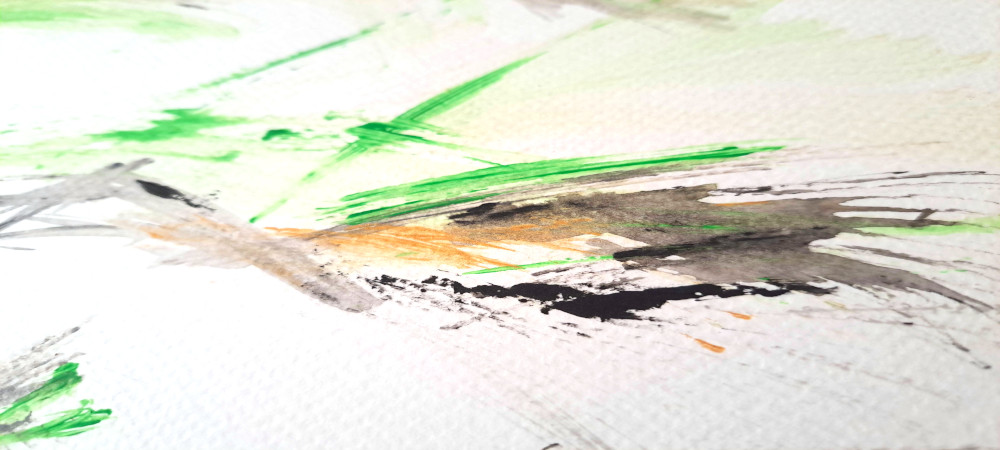The Origins of Abstract Art: A Journey Through Artistic Evolution
Abstract art, with its bold departure from representational norms, is a captivating artistic movement that has shaped the artistic landscape over the years. In this exploration of its origins, we delve into the diverse artists, styles, and influences that have propelled abstract art into the forefront of contemporary artistic expression.
A Break from Tradition
At the heart of abstract art lies a fundamental shift away from the traditional art style of figurative expressionism. This evolution, marked by a desire to transcend the confines of visual representation, gave birth to a wave of innovation and experimentation. Abstract art became a platform for artists to explore their creativity, pushing the boundaries of artistic expression.
The Pioneers of Abstraction
Artists have played a pivotal role in the evolution of abstract art. Visionaries like Vassily Kandinsky, a Russian painter associated with the avant-garde movement, made significant strides in abstract watercolor painting. Kandinsky’s work is a testament to the power of artistic exploration and his dedication to breaking free from the constraints of the representational.
Rationality and Expressiveness
Abstract art is a language that transcends the need for direct representation. It communicates through emotion, colors, rhythm, and a symbolic function that speaks to the human psyche. Artists like Kupka and Delaunay dived into the realm of abstract expressionism, offering viewers a visual symphony of emotions and forms.
The Diverse Landscape of Abstract Art
Abstract art is not a monolithic entity but a diverse tapestry woven with various threads. Within its realm, you’ll find different types of abstract art, each with its unique subcategories and codes. From Lyrical Abstraction to Suprematism and Orphism, these subgenres reveal the depth and richness of abstract expression.
Abstract Art in the United States
Across the Atlantic, the abstract art movement found a thriving home in the United States. Figures like Jackson Pollock pioneered abstract expressionism, notably through techniques like action painting and Colorfield-painting. Pollock’s work challenged traditional artistic norms and introduced new dimensions to the abstract art landscape.
The Optical Art Movement
The 20th century also witnessed the rise of Optical Art (Op-art), a genre characterized by its exploration of optical effects and visual illusions. Artists within this movement crafted artworks that played tricks on the eye, inviting viewers to question their perceptions.
The Minimalist Approach
Minimalism brought a sense of economizing resources and a simple structural aesthetic to the world of abstract art. It embraced geometric forms and abstract simplicity, emphasizing the power of understated design.
The Legacy of Hilma af Klint
As we delve deeper into the origins of abstract art, we cannot overlook the contributions of Hilma af Klint, a pioneering Swedish painter. Her abstract paintings, often ahead of her time, have left a lasting influence on contemporary abstract artists.
Abstract Art in the 21st Century
Today, abstract art continues to thrive, with a myriad of contemporary artists carrying the torch forward. This 21st-century movement draws upon the rich history and artistic landscape forged by abstract artists of the past. It remains a testament to the enduring power of abstract expression.
In conclusion, the origins of abstract art are a testament to the human spirit’s boundless capacity for creativity and innovation. From the pioneers of the movement to the diverse range of styles and influences, abstract art has evolved into a vibrant and ever-evolving genre that challenges, inspires, and captivates us.
As we explore the origins of abstract art, we recognize its profound impact on the artistic landscape, a legacy that continues to shape the way we perceive and engage with art in the modern world.
